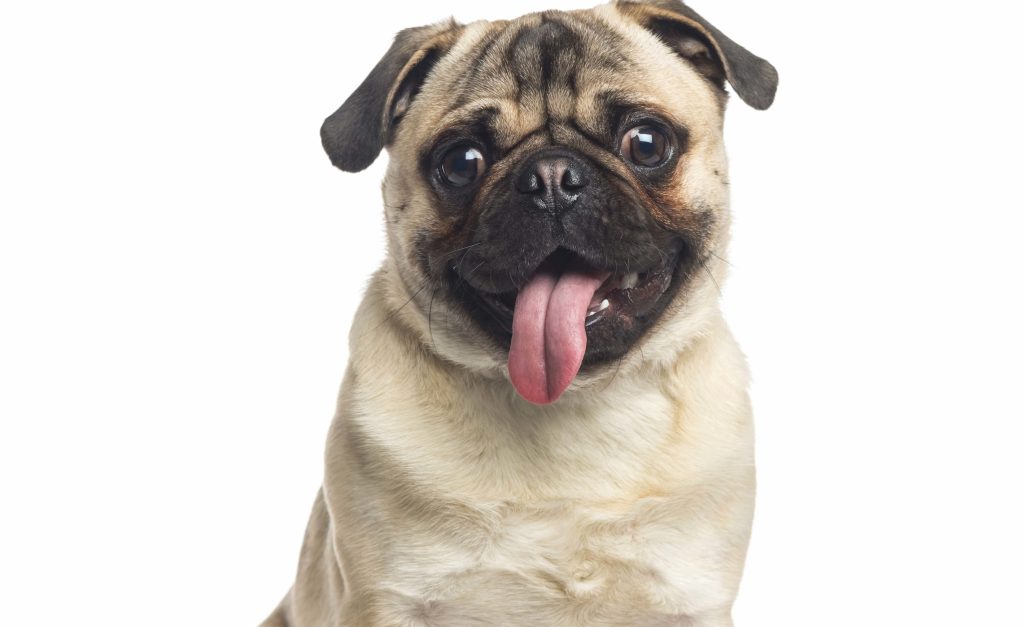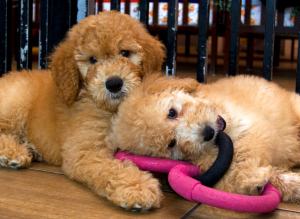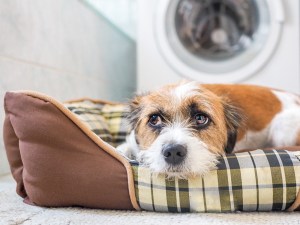Like humans, pets are susceptible to soaring temperatures and high humidity.
Dr. Jonathan E. May, D.V.M., of the Merrick Veterinary Group and the Roslyn Greenvale Veterinary Group, has treated hundreds of pets for dehydration and overheating in his 39 years of veterinary medicine. He cautions pet owners to be mindful when outdoors with their beloved pooch.
“Dogs can’t sweat,” he says. “They cool themselves off by panting. They are like a big car with a little radiator. There is a little tiny bit of heat exchange from the pads of their feet, but 95 percent of their cooling ability is through their breathing and panting.”
Below are some tips to help keep your best friend safe and refreshed all summer long.
KEEP PETS INDOORS
Bulldogs, pugs, Boston terriers, Pekingese, and King Charles cavaliers don’t take the heat very well. Their smaller than normal tracheas and longer than usual soft palettes make it more difficult for them to cool down. Cats are affected too, mainly the Himalayan and Persian breeds. Dogs that are older, overweight, or predisposed to medical conditions should be kept indoors. For those who need to go out, keep it to a minimum, especially during peak summer hours.
LIMIT EXERCISE
Take caution if you are exercising your pet. Avoid prolonged, arduous activity on hot, humid, sunny days, mainly temperatures 90 degrees and over. For those pet owners who would like to stay active with their pooch, limit the time outdoors and try to look for shady areas whenever possible. A good rule of thumb is to always keep your dog hydrated and be sure to stop every 15 to 20 minutes so your dog can pant and cool off.
NO PARKED CARS
When the sun is beating down on your car, it can turn into a furnace. And, leaving the car windows open will still not protect your pooch. So, the next time you have errands to run, even with all their begging, it is best to leave your best friend home.
SIGNS OF DISTRESS
• Lethargy and weakness
• Excessive panting with thick ropy saliva
• Eyes that are pink and dilated
• The mucous membranes (gums,inner cheeks) are bright red
• Temperature higher than 103 degrees (100.5 to 102.5 is the average body temperature for dogs).



























